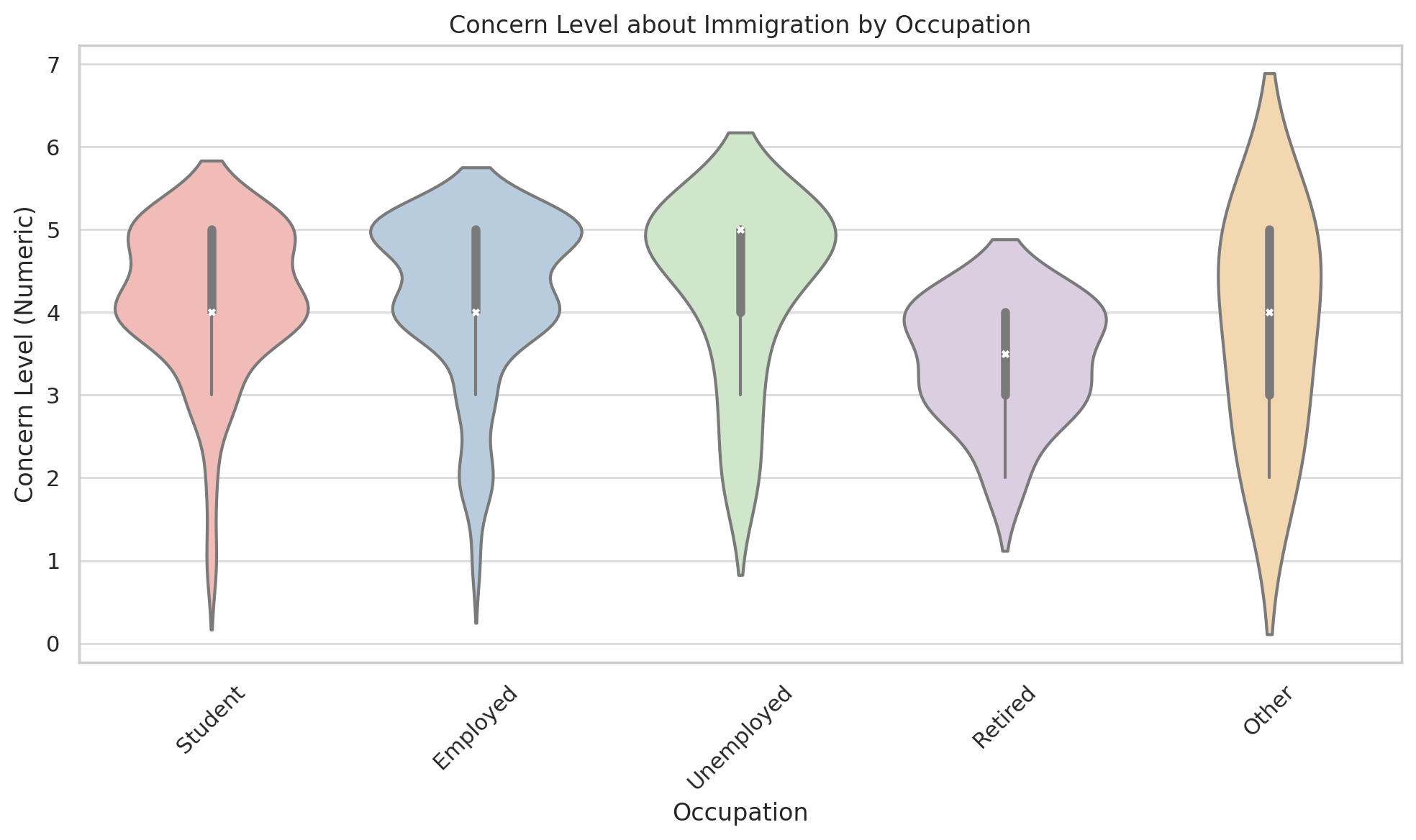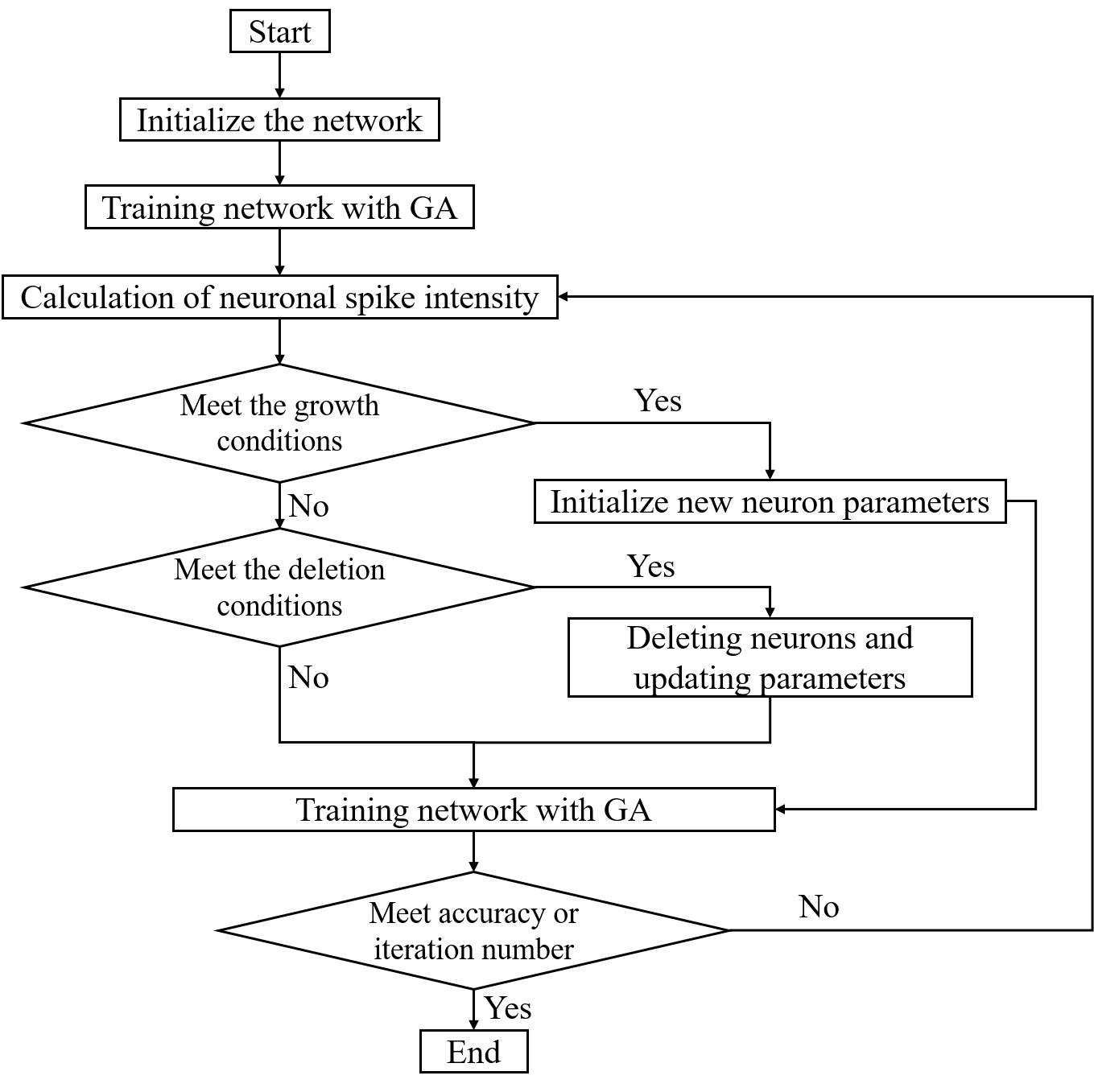 An open access journal
An open access journal
Augmented Reality in Education: Transforming Learning Experiences
Abstract
Augmented reality (AR) is reshaping education by offering immersive and interactive learning experiences. This paper explores the significance of AR in education, emphasizing its role in enhancing engagement, visualization, and knowledge retention. It delves into various aspects, including AR applications, augmented textbooks, and virtual field trips. The discussion includes the benefits of incorporating AR into education, such as personalized learning, real-world simulations, and accessibility improvements. Moreover, the paper addresses the challenges and integration considerations in implementing AR in educational settings, including content development and technology infrastructure. Through a review of AR in education research and projects, the study highlights the transformative potential of AR in shaping the future of learning.
Share and Cite
Article Metrics
References
- Dunleavy, M., Dede, C., & Mitchell, R. (2009). Affordances and limitations of immersive participatory augmented reality simulations for teaching and learning. Journal of Science Education and Technology, 18(1), 7-22.
- Klopfer, E., Squire, K., & Jenkins, H. (2002). Environmental detectives—the development of an augmented reality platform for environmental simulations. Educational Technology Research and Development, 50(2), 43-62.
- Milgram, P., & Kishino, F. (1994). A taxonomy of mixed reality visual displays. IEICE TRANSACTIONS on Information and Systems, 77(12), 1321-1329.
- Wu, H. K., Lee, S. W. Y., Chang, H. Y., & Liang, J. C. (2013). Current status, opportunities and challenges of augmented reality in education. Computers & Education, 62, 41-49.
- Zhang, L., Zhao, S., Li, X., & Zhang, J. (2019). Augmented reality in education: A meta-analysis. Computers & Education, 136, 101-115.






